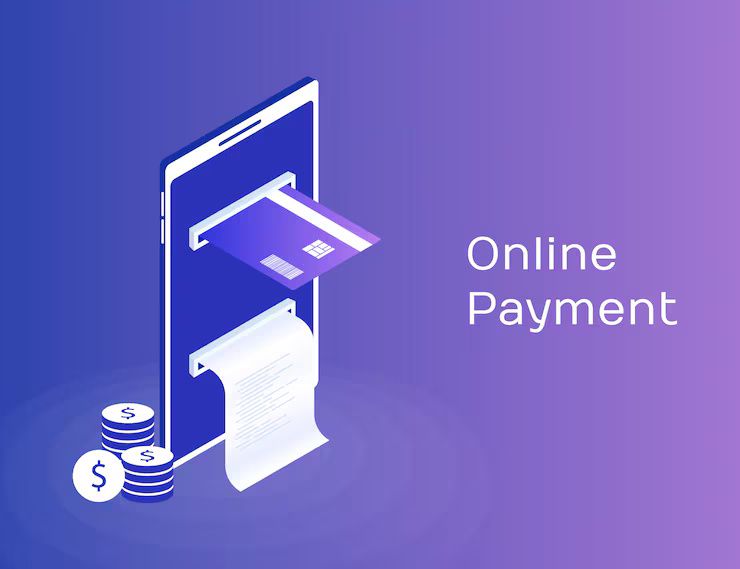In today's digital economy, offering online payment options is not just a convenience—it's a necessity for business growth.
For both new and established businesses, navigating the world of online payment processing can seem complex. This guide will demystify the process, outlining the essential components, steps to get started, and key factors to consider.

The Essential Components of an Online Payment System
To accept payments on your website, you need a few key components to work together seamlessly.
Payment Gateway: This is the secure portal that connects your website or app to the payment processor. It encrypts your customers' payment information (like credit card numbers) and securely sends it for authorization. Think of it as the digital equivalent of a physical credit card terminal.
Payment Processor: The payment processor is the intermediary that communicates with the customer's bank and the card networks (like Visa or Mastercard) to verify the transaction. It ensures the customer has sufficient funds and authorizes the transaction.
Merchant Account: This is a special type of bank account that holds the funds from online transactions before they are deposited into your main business bank account. Many modern payment processors, such as Stripe and Square, offer an all-in-one solution that includes a merchant account, simplifying the setup process for small businesses.
A Step-by-Step Guide to Getting Started
Setting up an online payment system can be broken down into a few manageable steps:
Choose a Payment Processor: This is the most crucial decision. You'll need to select a provider that fits your business needs. Factors to consider include:
Pricing Structure: Look at transaction fees, monthly fees, and any hidden charges. Providers may offer flat-rate, interchange-plus, or subscription-based models.
Supported Payment Methods: Ensure the provider accepts the payment methods your customers prefer, such as credit/debit cards, UPI, digital wallets (like PayPal, Google Pay), and net banking.
Integration Ease: Check if the processor offers easy-to-use plugins or APIs for your website platform (e.g., Shopify, WordPress, or a custom-built site).
Security: Verify that the provider is PCI DSS compliant and has strong fraud prevention tools.
Set Up an Account: Once you've chosen a processor, you'll create an account with them. This typically involves providing business information, banking details, and completing a verification process.
Integrate the Payment Gateway: This step connects the payment processor to your website. If you are using an e-commerce platform like Shopify or WooCommerce, this is often a simple process of installing a plugin. For custom websites, you or a developer will use the provider's API keys to integrate the system.
Test the System: Before going live, use the provider's test environment to run a few simulated transactions. This ensures everything is working correctly and that funds are being routed to the right place.
Go Live and Monitor: Once testing is complete, you can switch to live mode and begin accepting payments. It's important to regularly monitor your transactions and analytics to optimize your checkout process and identify any potential fraud.
Understanding Pricing Models and Fees
Online payment processing involves several fees that a business needs to account for. These fees are generally composed of:
Interchange Fees: These are charged by card networks (Visa, Mastercard) and are paid by the merchant's bank to the customer's bank.
Assessment Fees: These are small fees charged by the card networks themselves for using their brand.
Payment Processor Markup: This is the fee the payment processor charges on top of the other fees.
These fees are structured into different models:
Flat-Rate Pricing: You pay a single fixed rate per transaction, regardless of the card type. This model is simple and predictable, making it popular with small businesses.
Interchange-Plus Pricing: This is a more transparent model where you pay the base interchange fee plus a small, fixed markup to the processor. It can be more complex but may be cheaper for high-volume businesses.
Tiered Pricing: Transactions are categorized into tiers (e.g., qualified, mid-qualified) with different rates for each. This model can be confusing and lead to unexpected fees.
Conclusion
Setting up an online payment system is a foundational step for any business looking to thrive in the digital age. By carefully selecting a payment processor, understanding the fees, and ensuring a seamless integration, you can provide a secure and convenient checkout experience for your customers. This not only builds trust but also streamlines your operations, allowing you to focus on what you do best: growing your business.
